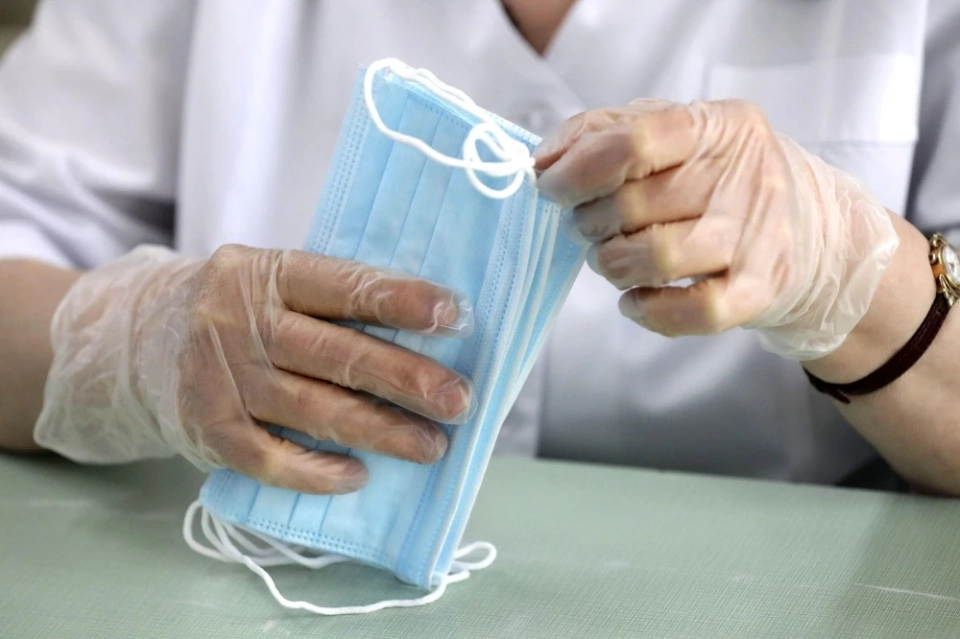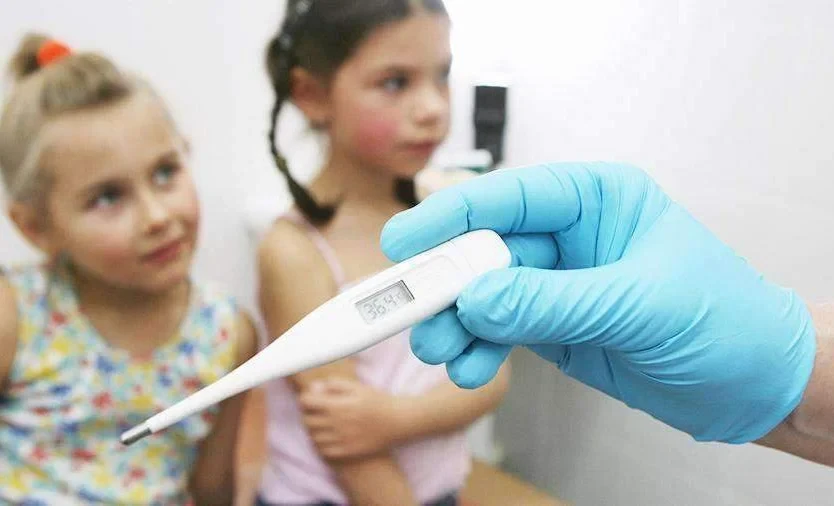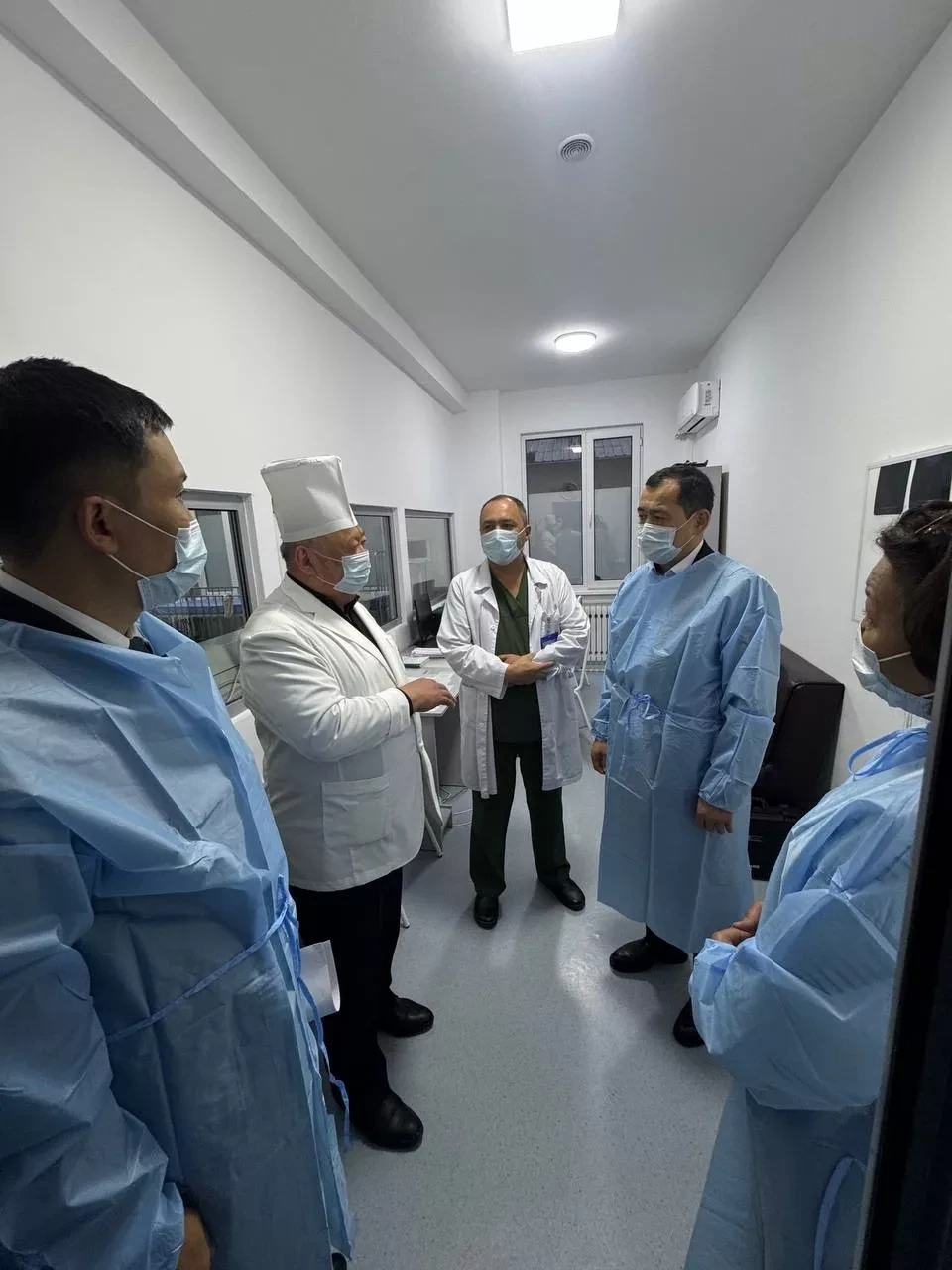Almost 70% of those infected are children under the age of 14.
The infectious hospital is facing an influx of patients, and a similar situation is observed with the capital's ambulance service, which is operating under high load.
Damirakan Chynyyeva, an associate professor at the Department of Pediatric Infectious Diseases of the Kyrgyz State Medical Academy and a candidate of medical sciences, told 24.kg about the symptoms and consequences associated with influenza.
— What symptoms help distinguish ARVI from influenza?
— Influenza manifests much more severely and has a short incubation period — from several hours to two days. The danger of influenza lies in the rapid development of serious complications.
There are four main syndromes:
- neurotoxicosis (irritation of the meninges);
- croup syndrome;
- abdominal syndrome;
- hemorrhagic syndrome (hemorrhages in the skin, nosebleeds).
Influenza is highly contagious: if someone in the family is sick, there is a high likelihood that others will also become ill.
Historically, influenza can cause epidemics and pandemics. For example, the Hong Kong flu, which emerged in 1968, claimed more than a million lives worldwide.
The symptoms of intoxication in influenza are pronounced.
Against the background of complete health, the patient may suddenly experience:
- chills;
- high fever (39-41 degrees Celsius);
- intense headache;
- eye pain that complicates lateral vision;
- aches and pain in the muscles.
Vomiting may also occur, and in children, delirium, hallucinations, seizures, and loss of consciousness.
In young children, neurotoxicosis may develop, which goes through three stages — from excitement to coma. It is important for parents to seek medical help at the first stage, which lasts from several hours to two days. During this period, the temperature rises sharply, and the child becomes restless, often crying monotonously. Vomiting, seizures, and loss of consciousness may occur.
In such complications, especially if the child had birth injuries and is being monitored by a neurologist, it is necessary to urgently go to the hospital, as brain swelling can lead to death.
— What important aspects should be known about ARVI?
— In other ARVI, the incubation period can last from 3 to 14 days, symptoms appear less sharply and proceed much more easily.
Among ARVI, there is the respiratory syncytial virus (RS infection), which can lead to the development of bronchial obstruction syndrome. This means that the lower respiratory tract begins to be affected, the temperature may be subfebrile (37-38 degrees), a painful dry cough appears, and wheezing occurs during exhalation.
If it is a newborn, self-treatment is extremely dangerous. A non-productive cough can lead to hypoxic brain swelling.
In adenoviral infection, against the background of temperature (37-39 degrees), tearing and purulent discharge from the eyes, a harsh barking cough, hoarse voice, nasal discharge, and pallor of the face occur.
— How does COVID-19 differ from seasonal influenza in symptoms?
— COVID-19 manifests with a variety of symptoms, and the only way to detect it is through a PCR test.
— How can pneumonia be suspected based on symptoms?
— Of course, this is possible. Persistent fever, painful dry cough, and shortness of breath — all of these may indicate a complication in the form of pneumonia.
Since this is most often a bacterial infection, the prescription of antibiotics usually leads to improvement and productive cough.
— What medications can be taken for ARVI independently?
— Antipyretics. They should be taken only when the temperature is above 38.5 degrees. It is not advisable to take them earlier so as not to interfere with the body’s ability to cope with viruses.
It is important to be able to distinguish between white and red hyperthermia. In many families, there is no thermometer, and temperature is measured by touch. If the extremities are cold, it is assumed that there is no fever. However, if the child has cold hands and feet, it may mean that the temperature has already exceeded 38 degrees, and parents may miss the moment of seizures.
For nasal congestion, many use vasoconstrictors, but they should be used for no more than three days. Frequent use of drops can lead to vision loss. It is better to use regular saline solution for rinsing the nose.
If influenza is accompanied by a temperature of 39 degrees or higher, an effective remedy for both children and adults is “Tamiflu” (oseltamivir). It should be taken within the first 48 hours after the onset of symptoms and for no longer than five days, as it significantly reduces the replication of the virus and speeds up recovery.
Overall, it is better to prevent the disease than to treat it, so it is important to get vaccinated against influenza in a timely manner.
— Is it possible to get vaccinated during a rise in incidence?
— If a person is healthy and no one in their environment is sick, vaccination is possible, but only in private clinics. Vaccines purchased with budget funds are intended only for at-risk groups.
— Should a healthy person wear a mask?
— Yes, especially if they often get sick and are prone to viral infections. Sick individuals should also wear masks and change them every two hours, use separate dishes and towels.
— How does indoor humidity affect health?
— Often, clothes are dried in apartments, which is not recommended, as this can lead to bronchial asthma due to the evaporation of cleaning agents. It is important to monitor humidity. If a humidifier is not affordable, one can simply place containers of water around the apartment and regularly ventilate the rooms.













